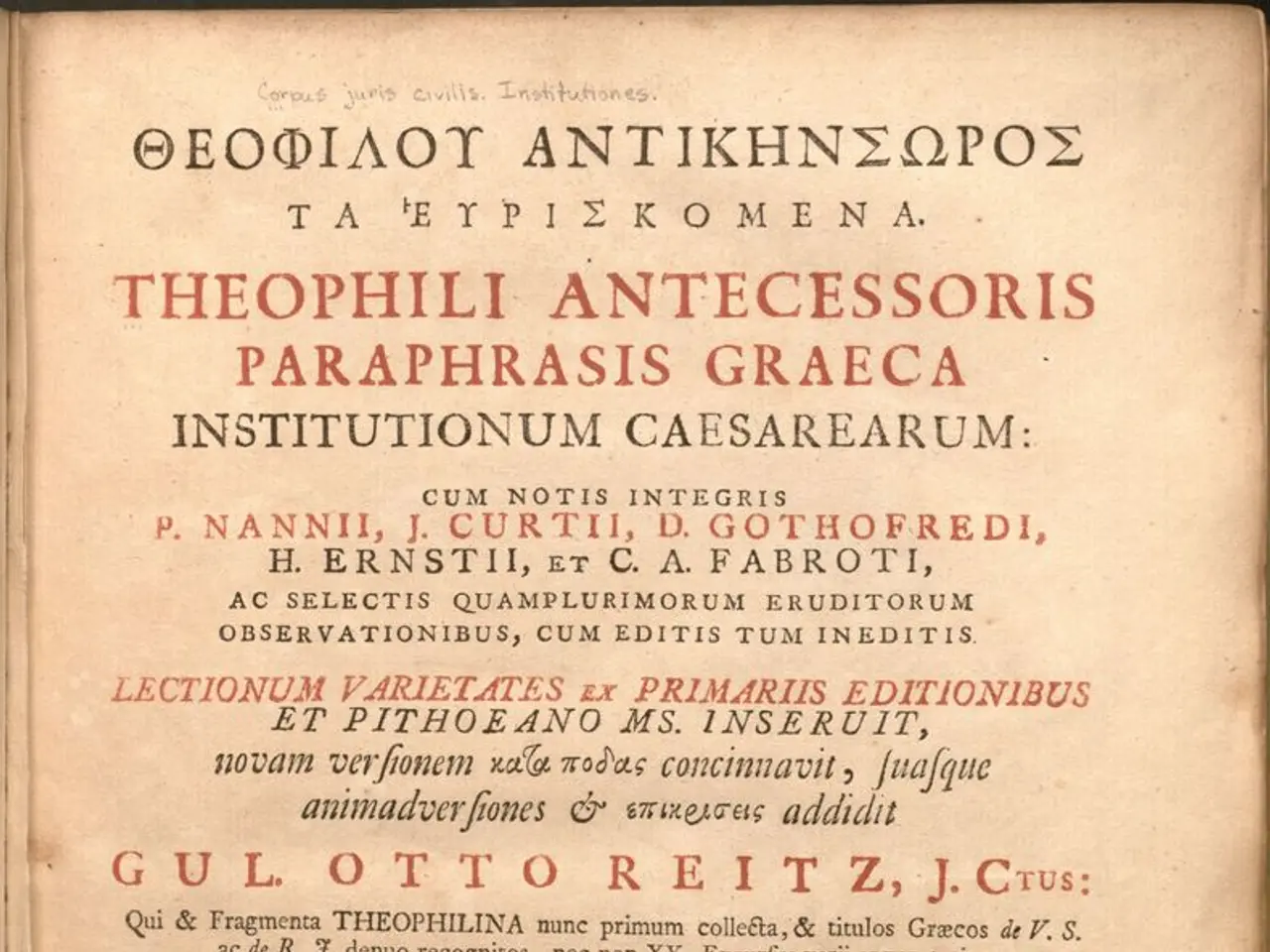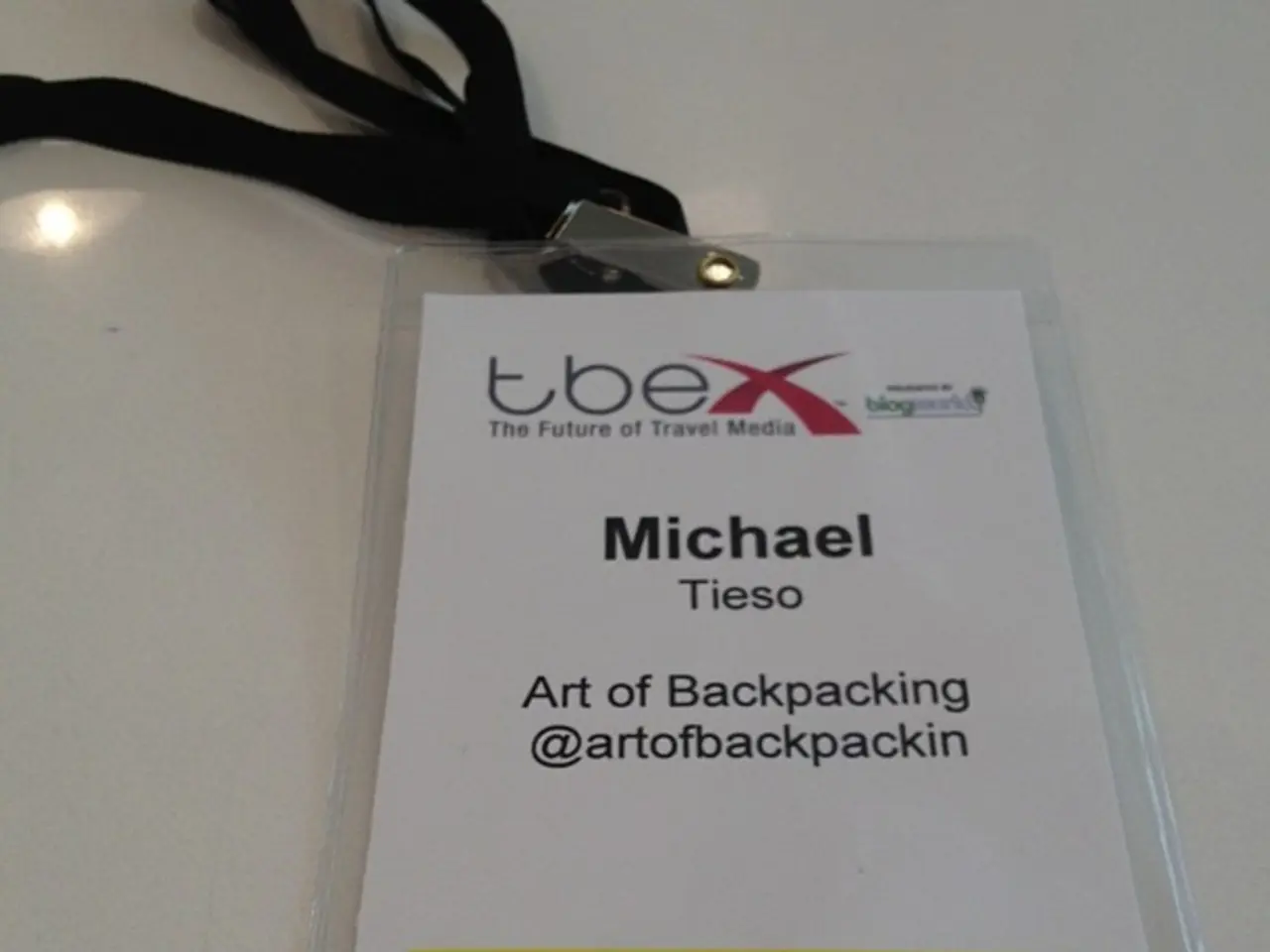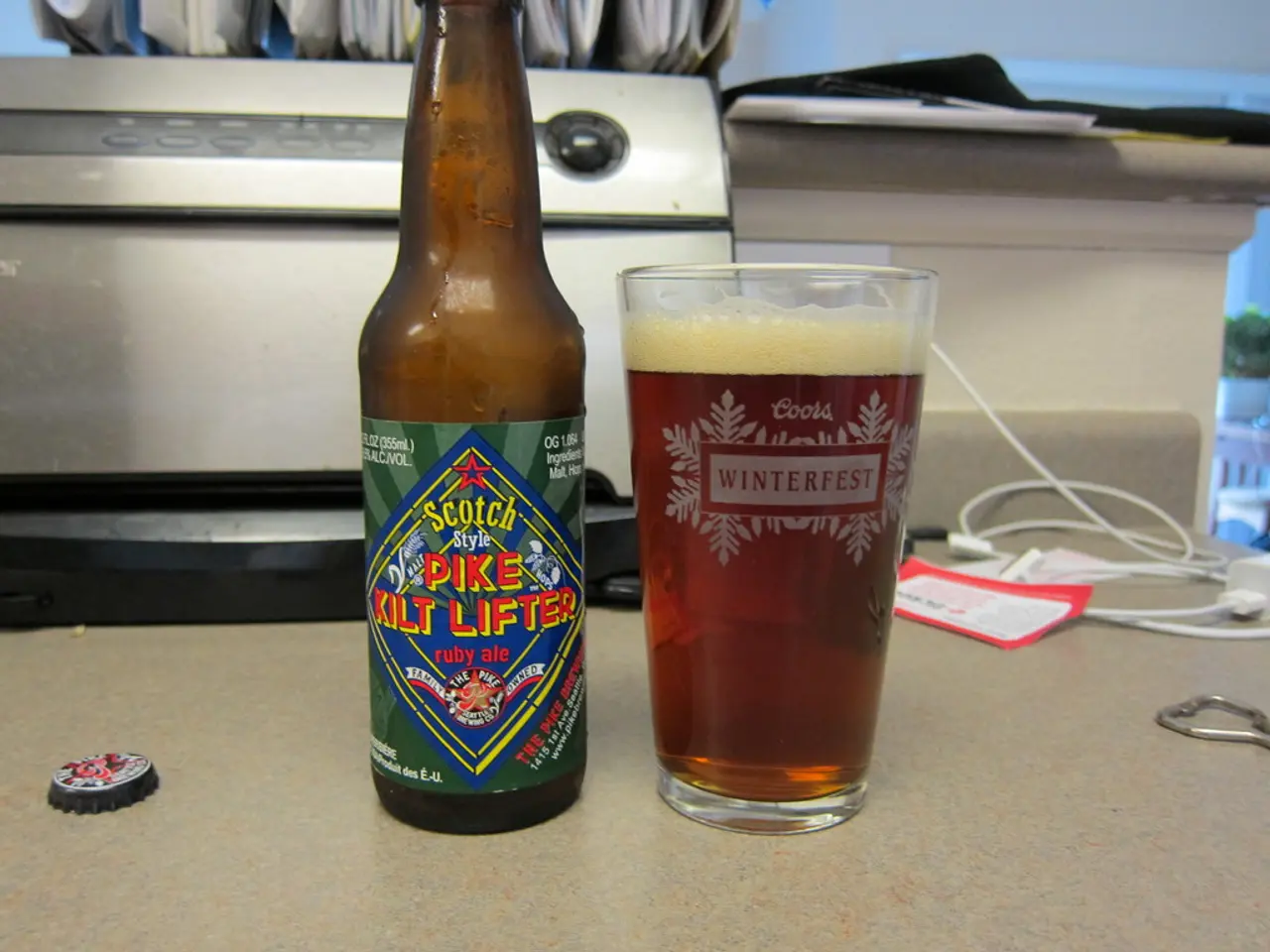Tokenization is a common practice in Language Models like LLMs. The question arises: are we incorrectly employing this technique?
In the realm of artificial intelligence, a groundbreaking innovation named T-FREE is shaking up the landscape of language models. This new approach, first introduced by researchers, opens up a fresh branch for models that can adapt more flexibly to various domains and languages.
At the heart of T-FREE lies a unique method of generating overlapping three-character sequences, known as trigrams, for each word. This strategy allows T-FREE to handle new words gracefully, as it understands patterns rather than memorizing pieces.
Unlike traditional language models that operate on fixed-length tokenization, T-FREE operates on character patterns. This makes it effective for different languages, breaking down barriers and paving the way for more inclusive AI.
One of the most significant advantages of T-FREE is its ability to drastically reduce model size. By cutting the parameters for embedding and output layers by 87.5%, T-FREE maintains performance while using less than one-eighth the parameters compared to recent models like Command-R.
The top text generation paper on the website is, unsurprisingly, T-FREE. This innovative approach challenges some basic assumptions in the field, suggesting that sometimes the best way forward isn't to optimize our current approach, but to question whether there might be a fundamentally better way to do something we consider core to our way of working.
As T-FREE continues to evolve, researchers are exploring potential combinations with traditional tokenizers, extending it to handle specialized notation, and delving into applications beyond text. The future of language modeling may very well be paved with the adaptable and efficient approach that T-FREE represents.
While T-FREE represents a significant leap forward, it's important to note that it may struggle with very long compound words or highly specialized technical vocabularies. Nonetheless, its potential to revolutionize the field of AI and language processing is undeniable.
In contrast, current tokenizers are likened to tourists with a phrasebook, implying they can only say what they've been explicitly taught. T-FREE, on the other hand, is akin to a local who can converse fluently, regardless of the language or context, offering a more human-like approach to language processing.
Artificial-intelligence driven technology, T-FREE, employs a novel trigram-based approach, making it adaptable to various languages and domains. This innovative method, capable of handling new words gracefully, questions the traditional fixed-length tokenization, leading to more inclusive AI.




